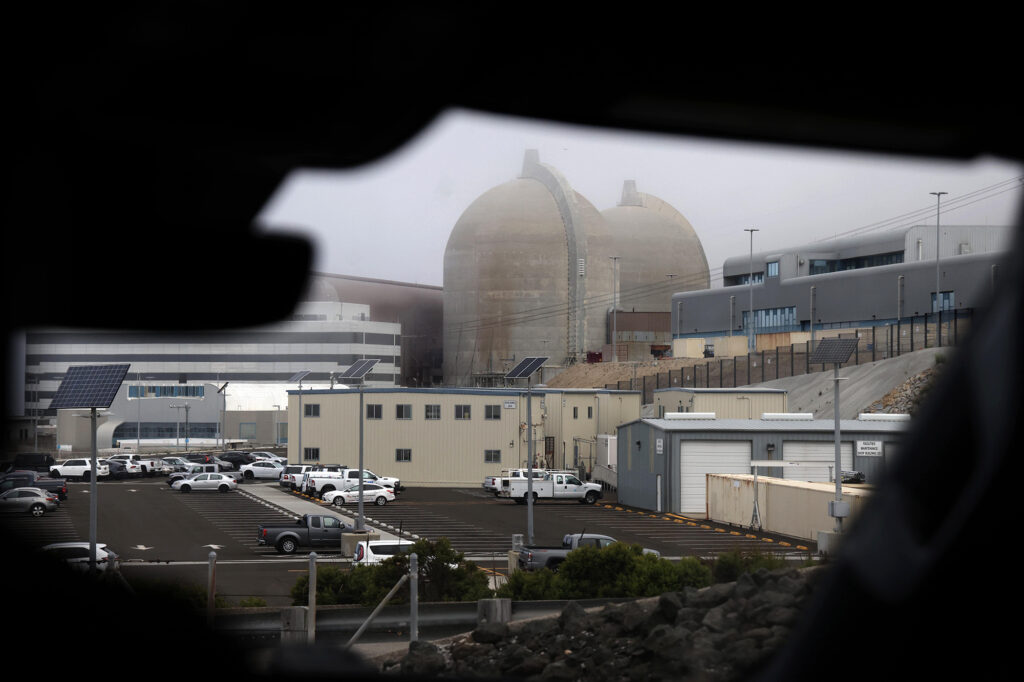In California, the debate surrounding Pacific Gas & Electric Company (PG&E) is intensifying as the utility faces financial hurdles and regulatory scrutiny linked to the state’s last nuclear power plant, Diablo Canyon. With state regulators poised to make crucial decisions about the future of this facility, stakeholders are concerned over the implications on energy security, cost allocations, and the utility’s stock performance—currently on a downward trend.
The Last Nuclear Plant in California: Navigating Regulatory Waters
California’s ambitious renewable energy goals face a significant challenge as the state relies heavily on Diablo Canyon to meet its energy demands. Initially expected to shut down by 2023 due to economic pressures, the facility’s operation has been extended until 2030, thanks to legislation supported by Governor Gavin Newsom and acknowledged as vital following heat-related blackouts in 2021. Given that Diablo Canyon provides about 8% of California’s total energy supply—and significantly contributes to carbon-free energy—it plays an integral role in the state’s energy landscape.
However, the sustainability of funding for Diablo Canyon has sparked controversy. The Pacific Gas & Electric Corporation is collecting a controversial fee—designated as a volumetric performance fee—to maintain the financial viability of the plant. State utility regulators are reviewing how PG&E should allocate and disclose these funds, as consumer advocates raise alarms over the possibility of turning this into a “slush fund” benefiting shareholders rather than the intended public priorities.
Scrutiny from Regulators and Advocates
As discussions unfold in the California Public Utilities Commission (CPUC), concerns have been echoed by Matthew Freedman, a lawyer representing The Utility Reform Network, who argues that a lack of scrutiny could permit PG&E to use the funds in ways not compliant with their intended public benefit. Advocates are pushing for more transparency, demanding detailed reporting on how the charges influence customer bills and whether funds are spent on improving Diablo Canyon.
On the other hand, PG&E’s management contends that the fee structure is critical for financial flexibility, allowing for necessary maintenance at the aging plant while simultaneously working on advances in customer connections, safety improvements, renewable integration, and grid resilience—all components suggested by the state’s legislation. The complex nature of the fee structure, combined with the public relations strain from PG&E’s historical safety issues, makes this process particularly sensitive.
The Financial Landscape: Declining Stock Performances
In addition to regulatory pressures, PG&E’s financial performance is in sharp decline. Recently, the company’s stocks fell over 5% in a significant single-day drop, deepening a troubling trend that has seen shares decrease by nearly 27% year-to-date. This decline reflects a broader narrative of investor uncertainty surrounding the utilities sector, particularly for PG&E.
The negative stock trajectory raises serious questions about PG&E’s operational viability and the potential impacts of increasing scrutiny from regulators regarding its financing decisions—namely, the controversial nuclear plant fee collection. Over the past year, PG&E’s share value dipped by 18.17%, painting a troubling picture for investors who have seen similar declines over shorter timeframes as well.
Analysis of Declining Share Prices
Analysts suggest that factors stemming from regulatory uncertainty, financial mismanagement, and historical liabilities continue to plague PG&E. As shareholder confidence wanes, the recent sell-off in the stock appears to be a response to ongoing challenges, including budgetary deficits estimated at over $583 million annually for the Diablo Canyon plant alone. Amidst these troubles, many investors question whether the decisions surrounding funding this aging facility will ever stabilize the company financially.
Stakeholder Reactions and Expert Opinions
The mounting skepticism surrounding PG&E’s financial practices has prompted reactions from various stakeholders—with consumer advocacy groups taking a stand against any potential misuse of taxpayer dollars. Acknowledging the need for transparency, they advocate for stricter oversight of PG&E’s implementation of the volumetric performance fees.
Additionally, investment experts are observing the implications of these fees on both shareholders’ rights and energy consumers. If improperly managed, the public utility’s actions could threaten the delicate balance between managing sustainable energy resources and maintaining investor confidence. With the stakes this high, the effectiveness of the regulatory framework and PG&E’s commitment to responsible fund allocation are more important than ever.
The Future of PG&E: Implications and Predictions
The future of PG&E hinges on successful navigation of its current challenges—including regulatory oversight and stock market pressures. As California continues the transition to renewable energy, there lies a parallel responsibility for PG&E to maximize the role of Diablo Canyon while demonstrating prudent financial stewardship.

